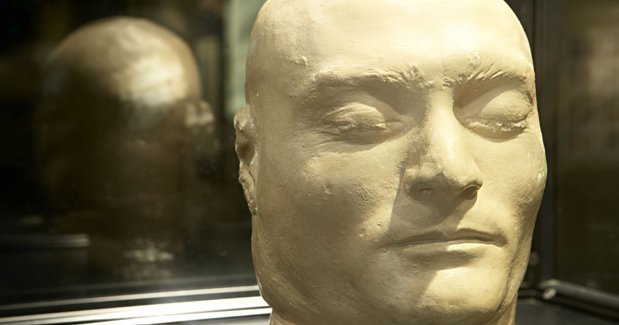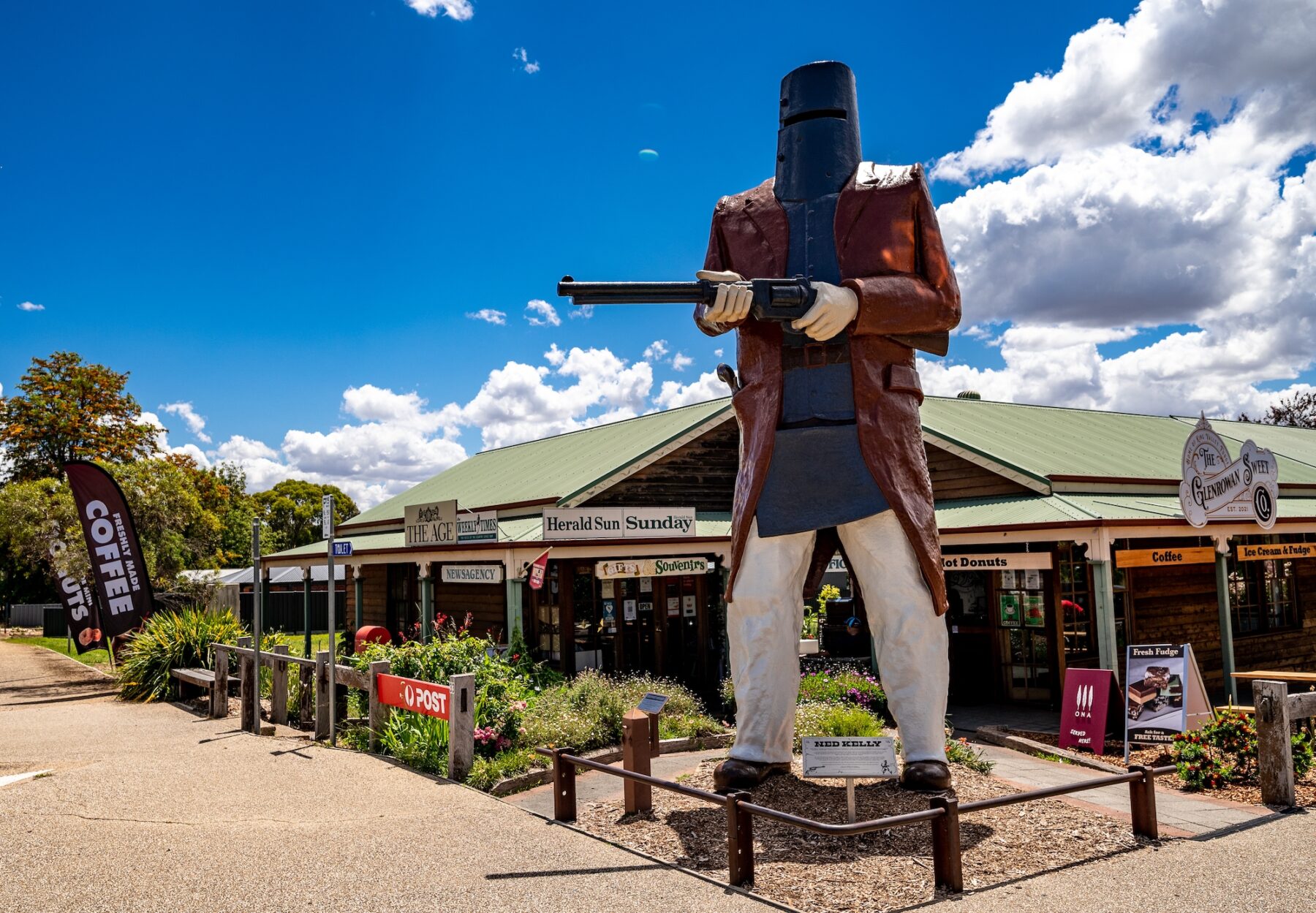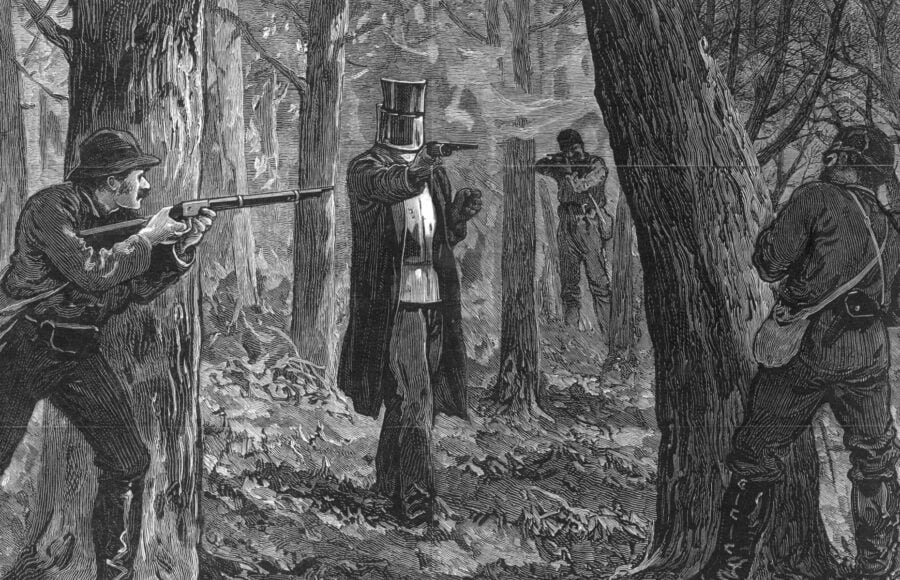On this day: Ned Kelly is hanged

On 11 November 1880, notorious bushranger and infamous Australian character Edward ‘Ned’ Kelly was hanged for murder at the Melbourne Goal.
Kelly and his gang were infamous through Australia in the 1870s for highway robbery, bank swindles and confrontations with local police. After going on the run in 1878, the gang also constructed unusual bullet-proof, plate-metal armour and helmets from farm tools, which gave them their trademark look.
This – and Ned’s flair for drama – cemented his place in history as an Australian folk hero, and his story was chronicled by Australian newspapers right up until his last moments.
Legend holds that before the noose tightened he simply said, either “Ah well, I suppose it has come to this” or “such is life”.
Ned Kelly: the man behind the armour
In life, many considered Kelly, an Irish-Australian, to be nothing more than a cold-blooded killer who shot dead three police officers before his arrest. Yet he also reached infamy within his lifetime, representing the plight of poor Irish-Australians in colonial Australia.
After years of run-ins with the law, in 1878 Kelly and his gang of fellow outlaws had taken to the bush, the police hot on their heels for the suspected involvement in the murder of Constable Alexander Fitzpatrick.
After a lengthy evasion of police, their luck ran out in Glenrowan on 27 June 1880, when they were surrounded. A long and bloody shoot-out ensued, ending in the burning down of the hotel by police. Kelly was the only member of the gang left alive after this to face trial.

Despite the death of three police officers at Kelly’s hand, he remained popular with some of the public till the end. The Brisbane Courier on Saturday, 6 November 1880, reported that during the October hearings, ‘Kelly sympathisers’ as they were called, gathered to attempt to appeal his sentence with a petition, to no avail.
“Kelly articulated a struggle between rich and poor that resonated with many at a time when the Victorian government’s land policies disadvantaged small farmers, and thereafter during a period of growing Australian nationalism and the rise of the Australian labour tradition,” says Dr Amanda Kaladelfos, a history researcher at Queensland’s Griffith University.
Ned, says Amanda, is Australia’s version of Robin Hood. “[He] was one of the last bushrangers, and he certainly was one of the most extravagant. Kelly fits with our most iconic national types – the larrikin, the bushman and the underdog.”
Ned Kelly the Australian icon
The romance of Kelly’s story filtered through this lens has inspired poetry, song, film and literature ranging from the famous Ned Kelly series by Victorian painter Sydney Nolan, to the dramatised account of Kelly’s life in ‘The True History of the Kelly Gang‘ by Peter Carey and a number of other films.
So well integrated into our nation’s history is the story of Ned Kelly that performers at the 2000 Sydney Olympic Games opening ceremony were dressed in replicas of the infamous metal armour worn by the Kelly Gang.
Whatever he was in life, Kelly’s legend lives on in modern Australia as a favourite hero.


